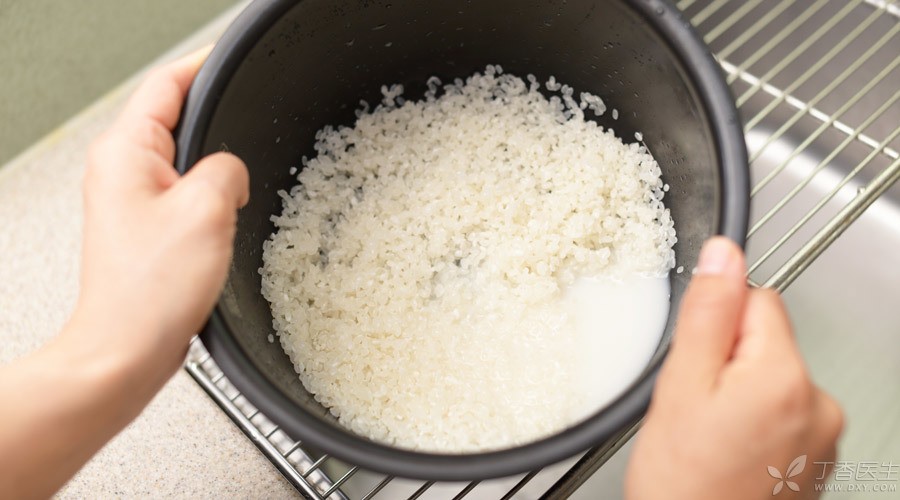
In the eyes of many people, [cold water] is tap water that has not boiled and belongs to [raw water], which is harmful to people.
For example, drinking cold water is easy to have diarrhea, cooking with raw water causes cancer, and boiling tap water has only a 16-hour shelf life…
It turns out that water is the most dangerous? Dr. Clove must refute the rumor.
Cold water is [raw water], drink it will have diarrhea?
As mentioned earlier, many people think that tap water that has not been burnt is [cold water] [raw water] and cannot be drunk.
In fact, tap water is disinfected when leaving the factory. Generally, there are no pathogenic bacteria, parasites and other dangerous molecules in it.
Therefore, even if you drink tap water directly, you usually won’t have diarrhea.
Of course, it is safer to boil and drink. After all, some people are not used to drinking cold water, and it is understandable that they feel uncomfortable after drinking tap water.
However, there is also a kind of [raw water], that is, water that has not been disinfected or sterilized, such as natural water such as river water, stream water and spring water.
Since natural water may contain dangerous molecules such as pathogenic bacteria, drinking directly may indeed cause problems, and diarrhea is a trivial matter. (You should know that many [plagues] in human history have been transmitted through water.)
Therefore, if you don’t have a golden eye and are not sure whether the water source is safe, you’d better not drink untreated [natural water].
Cooking rice with raw water causes cancer?

The key is that [raw water] becomes [cooked water] during cooking. Is there always no problem with cooked water… … …
There is indeed some residual chlorine in tap water that is not boiling, which is also the reason why many people think it is carcinogenic.
But this is really a misunderstanding.
1. Chlorination is for water supply disinfection.
Chlorine added to water will form hypochlorous acid and hypochlorite, which have super oxidation capacity and can kill a variety of harmful microorganisms.
After all, natural fresh water may contain pathogenic bacteria, parasites and other dangerous molecules, and no one wants to drink unsafe water.
2. The chlorine content in tap water is very low and safe.
The World Health Organization (WHO) regulation of residual chlorine in tap water is not more than 5 mg/L, while China’s regulation is stricter, 4 mg/L.
In fact, the residual chlorine content in most tap water in our country is controlled below 1 mg/L or even lower, which is in line with the standard.
3. Chlorine does not necessarily cause cancer.
The International Cancer Research Center (IARC) classifies chlorine as [Category 3 carcinogen], that is, [there is not enough data to determine whether the substance is a human carcinogen].
It seems that scientists have not yet determined whether chlorine causes cancer.
Of course, if you have already smelled the pungent smell of chlorine in tap water, it is possible that the chlorine exceeds the standard, and this kind of water can be used first.
When the released water has no taste, it is not too late to boil and drink.
The raw water has only a 16-hour shelf life when it boils?

Raw water boils and turns into mature water. Can’t it be put in the refrigerator to prolong the [shelf life]?
It is true to say that boiled water should be drunk as soon as possible. (It is a good habit to burn and drink on the same day)
However, to insist on labeling it [with a shelf life of only 16 hours] is to be [to incriminate].
In fact, whether water stored for too long is harmful depends mainly on whether there are pathogenic bacteria.
Common pathogenic bacteria in life include Salmonella, Staphylococcus aureus, Escherichia coli, etc., but almost all of these bacteria are eliminated in the process of boiling water, and ordinary people do not have them.
Therefore, unless someone puts the kettle in the public toilet and the cup is not covered, it can be drunk for a day or two.
